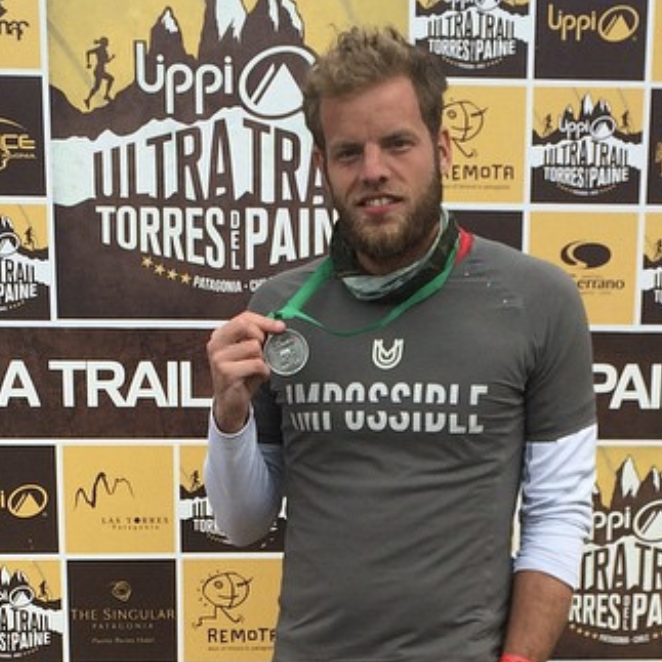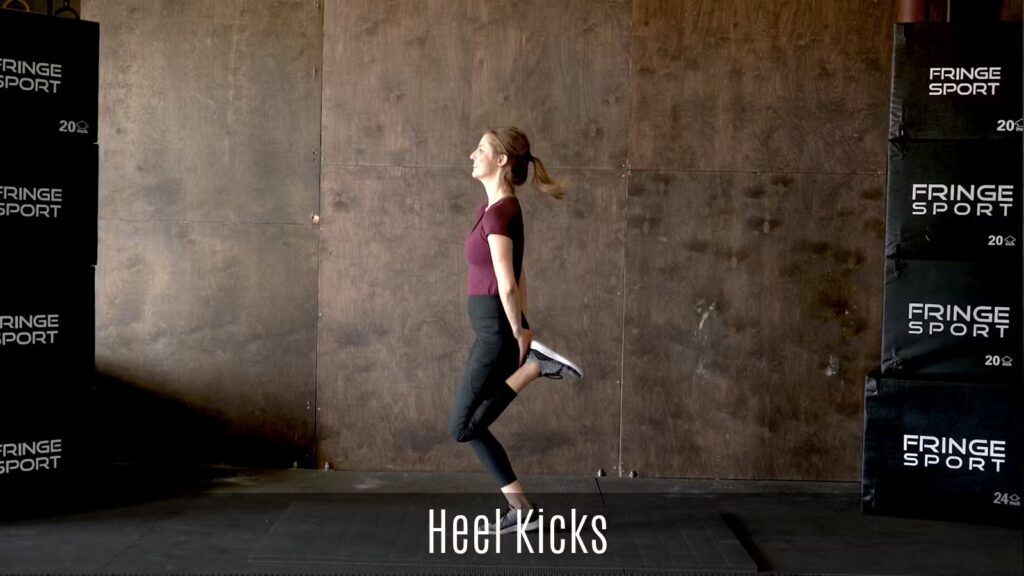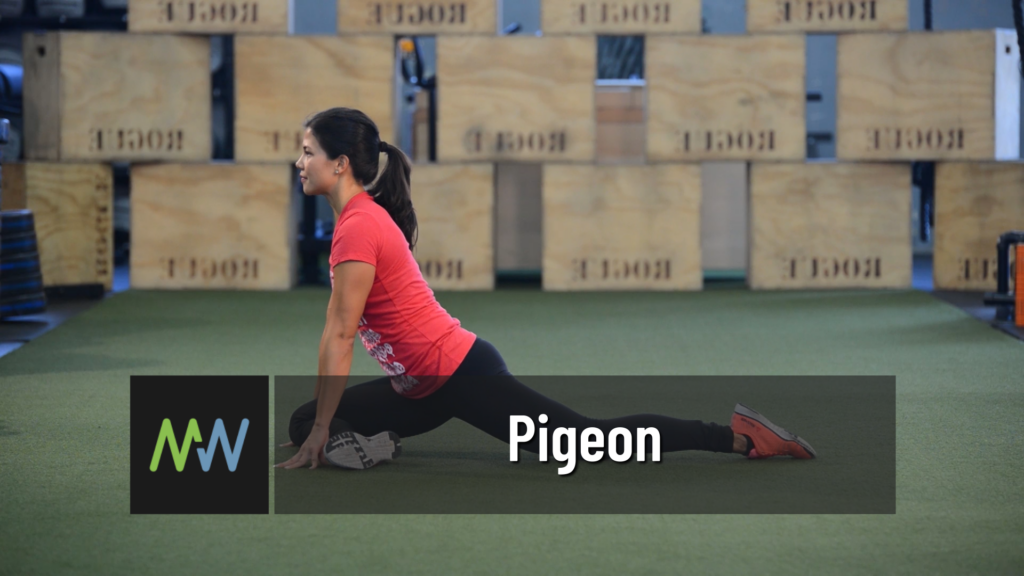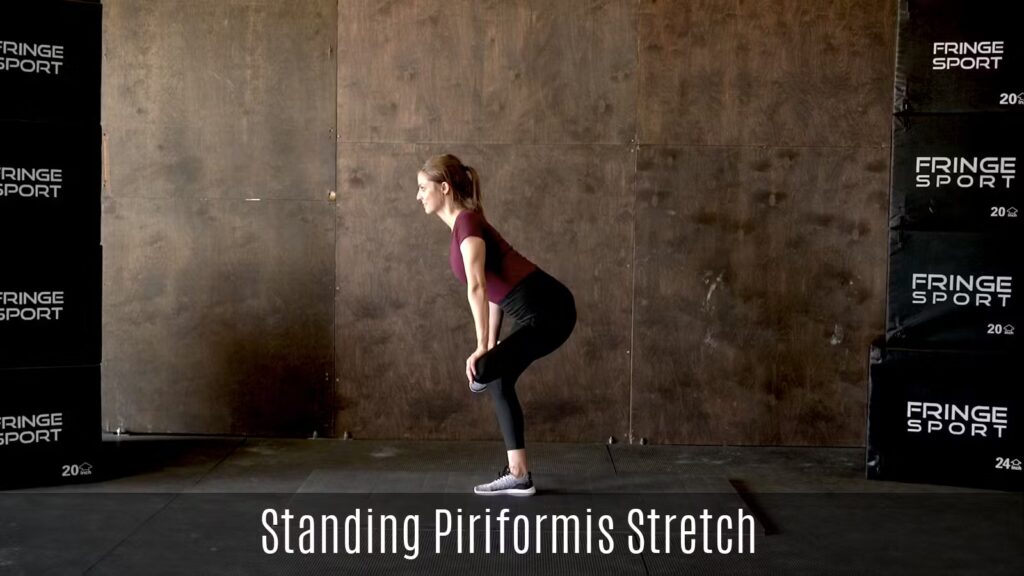Perhaps the most passive of stretches, outside of corpse pose, the legs up the wall pose is THE go-to pose when you want a nice stretch that requires minimal effort and will leave you feeling rejuvenated and relaxed. If you are a hardcore gym goer who is used to beating their body down to a pulp with long, exhausting workouts, may we suggest this pose as a way to counteract all of that stress you put on your body day in and day out.
This pose is great because it can be done anywhere in which there is a place to prop up your legs. All you need is some free space to lay down and a vertical surface that will support some weight. You could even use the back of the couch or a chair.
You can do the legs up the wall pose upon waking in the morning, throughout the day as a quick stretch and energizing pose, or right before you go to bed. It is especially great after a long day of sitting whether it be in front of a computer at work or after an extensive travel day.
Keep reading as we discuss how to properly perform the legs up the wall pose. This is a simple one, but nonetheless proper setup is vital as with all stretches. We also cover why this is a beneficial pose for your body and mind. Lastly, we give you ways to modify it if you find you need that.
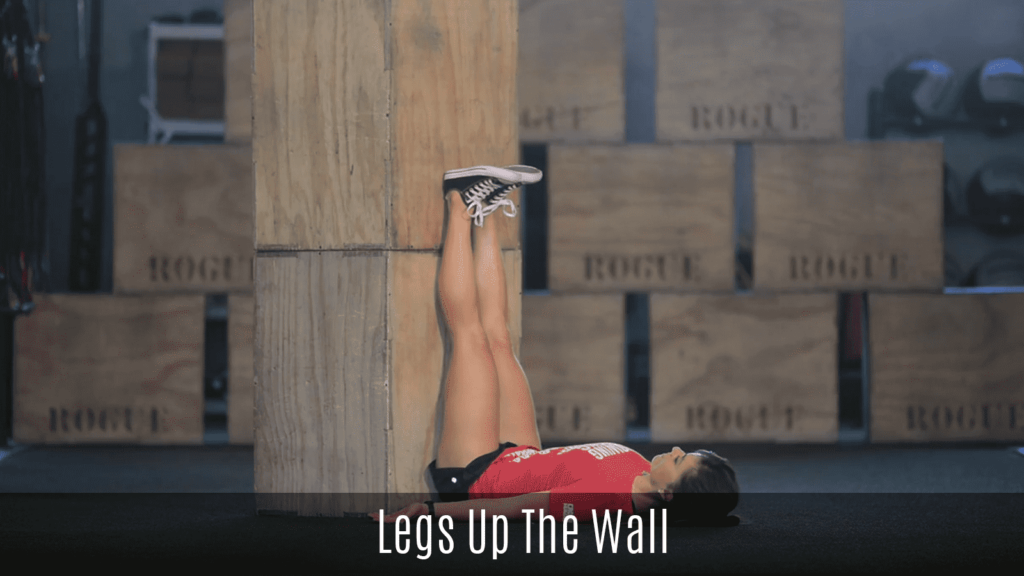
What is the Legs Up The Wall Pose?
This pose is exactly as it sounds – your legs are going to be placed up the wall. This pose is all about relaxation and a subtle stretch. It is a great time to focus on your breathing and really tune into the moment.
To set up, all you need is some free space on the floor and a sturdy vertical surface on which to prop your legs. When you are ready, lay on your back with your feet facing the wall. Bend your knees and plant your feet on the floor. Then, put your feet and legs up against the wall as you shimmy your tailbone closer to the wall. Make sure your butt is as close to the wall as possible. At this point, your body should be in an “L” shape. Lay back and relax.
We recommend breathing deeply during this part. Inhale through your nose in a slow and controlled fashion. Hold briefly at the top and then slowly exhale through your mouth. We recommend staying in this posture for at least a couple of minutes. But if you have extra time, feel free to stay here for 10 to 15 minutes if it feels good for you.
Benefits of Legs Up The Wall Pose
For as simple as this stretch is, it really does pack a powerful punch of benefits for your body and your spirit. First off, it is a true relaxation pose. If you find that you have had a stressful or difficult day, we highly recommend coming into this position for at least a few minutes to destress and decompress. By relaxing into the floor and focusing on your breathing, you may find this similar to a meditative state.
To this point, this is also a good pose to utilize as part of a cooldown routine after a tough workout. The sheer importance of recovery after a workout cannot be understated. Exercise is a form of stress on your body, and you need to bring your body back to homeostasis if you want to receive the benefits of all the work you just did. Use this pose to help your body cool down and properly recover for the next workout.
This posture can help increase your circulation. Because the legs are higher than the head, it can gently increase the blood flow to the upper body and head. This might even help relieve lingering headaches that you may be experiencing. Essentially, this is a passive version of an inverted pose.
Of course, this is a gentle stretch as well. It can be beneficial for increasing flexibility in the hamstrings, glutes, and hips. It can help lengthen the spine as well and relieve tension in the lower back muscles.
Legs Up The Wall Pose Modifications
The true point of this posture is for rest and relaxation, so do what feels best for your body when coming into this position. Feel free to use a pillow to pad the head. You can also use a pillow or folded blanket to elevate the hips a bit. You can also play with how close your hips are to the wall. Leave a little bit of room between your hips and the wall to decrease the stretch. If you plan on staying in this position for an extended amount of time, it may be helpful to cover yourself with a blanket if you get cold.
If you ever feel pain, numbness, or tingling, safely come out of the pose or gently shake your legs to see if it subsides. Seek care from a healthcare professional if necessary.
Lay on your back and put your feet up against the wall. Make sure your butt is as close to the wall as possible. Lay back and relax.
